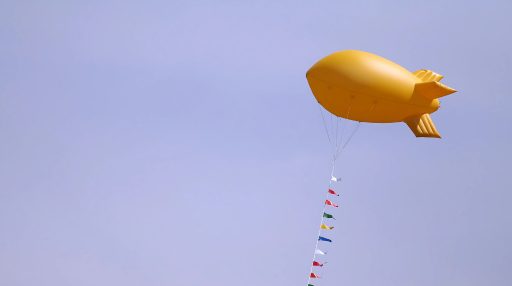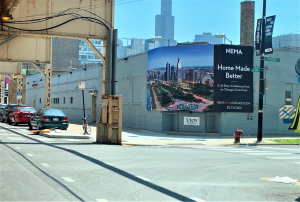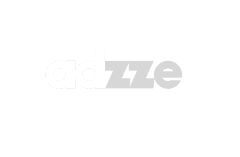In the ever-evolving world of out-of-home (OOH) advertising, brands are constantly looking for ways to stand out. One attention-grabbing format that has gained visibility in recent years is inflatable advertising. From giant dancing tube men to towering product replicas, these installations are hard to miss—but are they effective? And more importantly, is the inflatable advertising rental cost justifiable?
In this article, we’ll explore the real value behind inflatable ads and compare them to more strategic, data-driven OOH alternatives. If you’re a marketing professional weighing your options, this blog will provide clarity on where your advertising dollars will work hardest.
Understanding Inflatable Advertising Rental Cost
At first glance, inflatable advertising may appear to be a cost-effective solution. On average, the inflatable advertising rental cost ranges from $200 to $1,500 per day, depending on size, customization, and location. That figure can jump significantly for branded inflatables used at large events or for long-term installations.
Hidden Costs to Consider:
Permitting and Zoning Fees: Many municipalities require permits for large inflatables, particularly near roads or public areas.
Maintenance and Repairs: Inflatable units are prone to punctures and mechanical failure, often requiring standby service.
Setup and Logistics: Transportation, setup, and takedown may involve additional vendor fees.
Power Usage: Constant air circulation requires electrical sources, which adds to operational costs.
When you add these up, the inflatable advertising rental cost may end up much higher than anticipated, often without a measurable return.
Inflatable Ads: Big on Visibility, Low on Performance
While it’s true that inflatable ads are visually disruptive, disruption doesn’t always equate to engagement or action. In fact, recent neuromarketing studies suggest that viewers often perceive these ads as gimmicky or low-effort.
The Problems with Inflatable Ads:
No Clear CTA: Most inflatable ads fail to guide consumer behavior.
Limited Message Space: Unlike billboards or transit ads, inflatables offer minimal surface area for storytelling.
No Targeting Capability: Inflatables cast a wide net—perfect for general awareness, but ineffective for specific audience segments.
Let’s be clear: attention alone doesn’t drive ROI. Inflatable advertising rental cost must be evaluated against results—and that’s where smarter OOH formats win.
Smarter Alternatives to Inflatable Advertising
Instead of spending thousands on inflatables that offer vague brand impressions, marketers should consider alternative OOH formats that are hyper-targeted, data-enabled, and performance-oriented.
Pharmacy and Medical Bag Advertising
Reaches consumers during moments of health awareness and trust.Cost-effective, with hyper-local targeting.QR code integration allows for direct tracking of campaign ROI.
Restaurant Takeout Bag Ads
Delivers your message directly into consumers’ hands—literally.Long dwell time in a distraction-free environment.Custom design and promo codes allow for conversion tracking.
Gas Station Advertising
Targets drivers during a high-attention, idle moment.Digital screens at pumps offer both static and video ad options.High foot traffic, repeat exposure, and measurable ROI.
These formats offer a compelling narrative, clear brand association, and better tracking than the fleeting appeal of an inflatable structure.
Cost Comparison: Inflatable Advertising Rental Cost vs OOH Alternatives
Format | Cost Per Day | Targeting | Measurable ROI | Perceived Brand Value |
Inflatable Advertising | $200–$1,500 | Very Low | Low | Often Gimmicky |
Gas Station Pump Screens | $50–$300 | Medium-High | High | Professional |
Takeout Bag Advertising | $0.40–$1.00/bag | High | High | Trusted |
Medical Bag Advertising | $0.25–$0.75/bag | High | High | Reputable |






